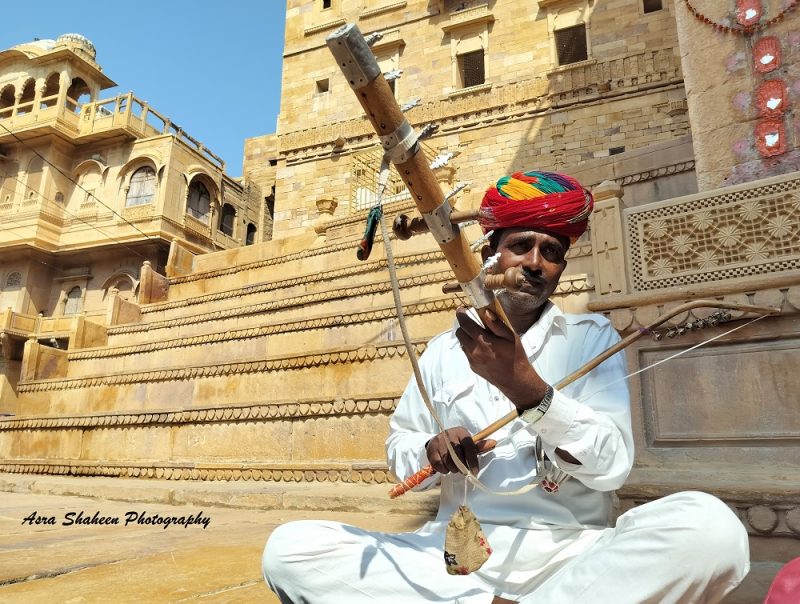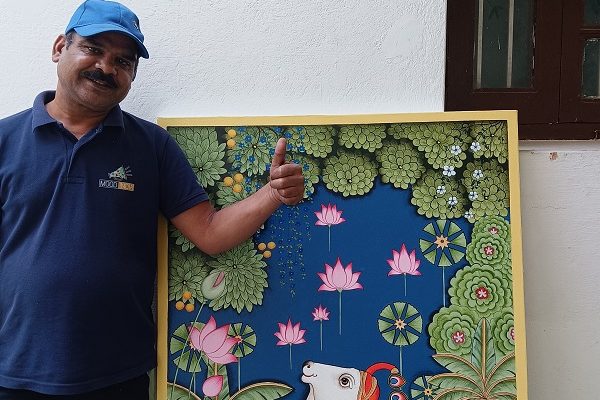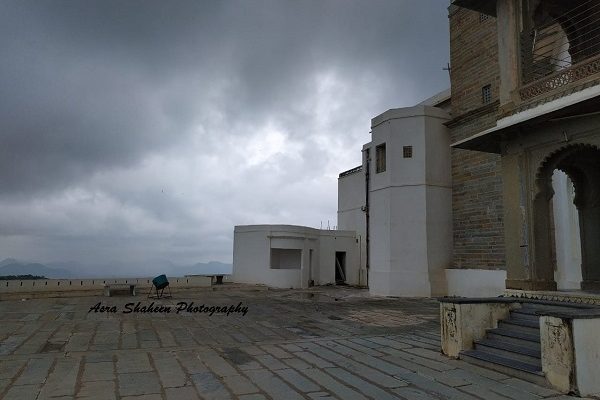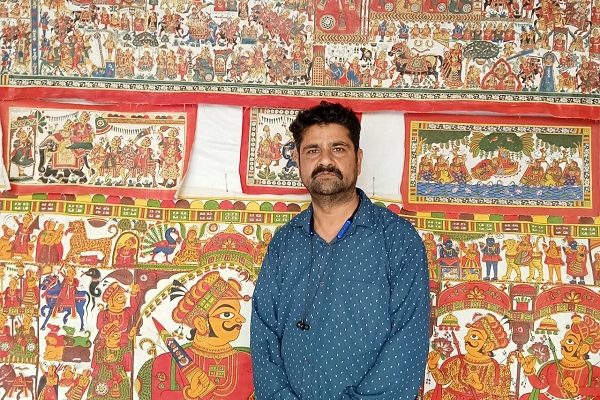Famously nicknamed “The Golden City”, Jaisalmer is a vibrant mix of golden sandstone structures standing a contrast to the flamboyant hues around. From the bright tapestry of attires and wall hangings to the colorful culture of nomadic communities, it is indeed the most lively desert city of India. Here are some glistening glimpses by Vibezeen.
If the vast sea is a nature’s spectacle of rising and crashing waves, the enormous desert is a landscape of enigmatic mounds and hills of sand patterned with seamless ripples by the blowing wind. While the fluidity of water is an appealing sight to behold, the warm beige hues of unending sands have a distinct charm of their own. It’s an awe-inspiring visual treat, especially if you love to experience the varied terrains of environment. The Great Indian Desert, also known as the Thar Desert, is an arid part in the northwestern region of the Indian subcontinent that runs along the India-Pakistan border.
The theories relating to the origins of the Thar Desert are quite disputed. Some geologists trace it back to 4000 to 1,000,000 years, whereas others attribute it to 2000 – 1500 BC, just before the Ghaggar-Hakra River flowed from the Himalayas to the Arabian Sea.
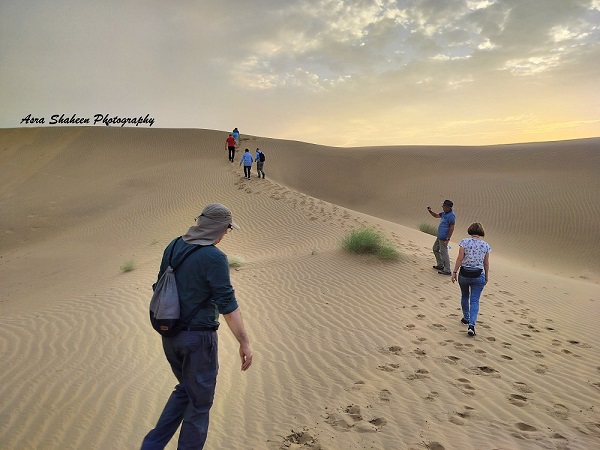
In the heart of this desert is the city of Jaisalmer. Founded in 1156 by Rawal Jaisal, the eldest son of the Rawal of Deoraj, it is rated among the top 10 of the most welcoming cities in the world by an online travel agency. Jaisalmer is famously nicknamed “The Golden City”. Well, it’s not the gold mines but the magnificent sandstone buildings that glisten in the sunlight like gold and hence the name. The city is also well known for its major attraction, the Jaisalmer Fort, a UNESCO World Heritage Site. Interestingly, it is the only “living fort” in Rajasthan, with almost 3,000 residents, restaurants, temples and shops, thriving in and around. The city is also home to the Akal Wood Fossil Park, a National Geological Monument of India. It is also a Biodiversity Heritage Site.
Another fascinating experience that has changed the face of tourism in the city is the desert camps. Well-facilitated, luxury and budget desert camps dotting the outskirts of the city (about 35 – 40km) bring an exciting twist to the famed hospitality of Rajasthan.
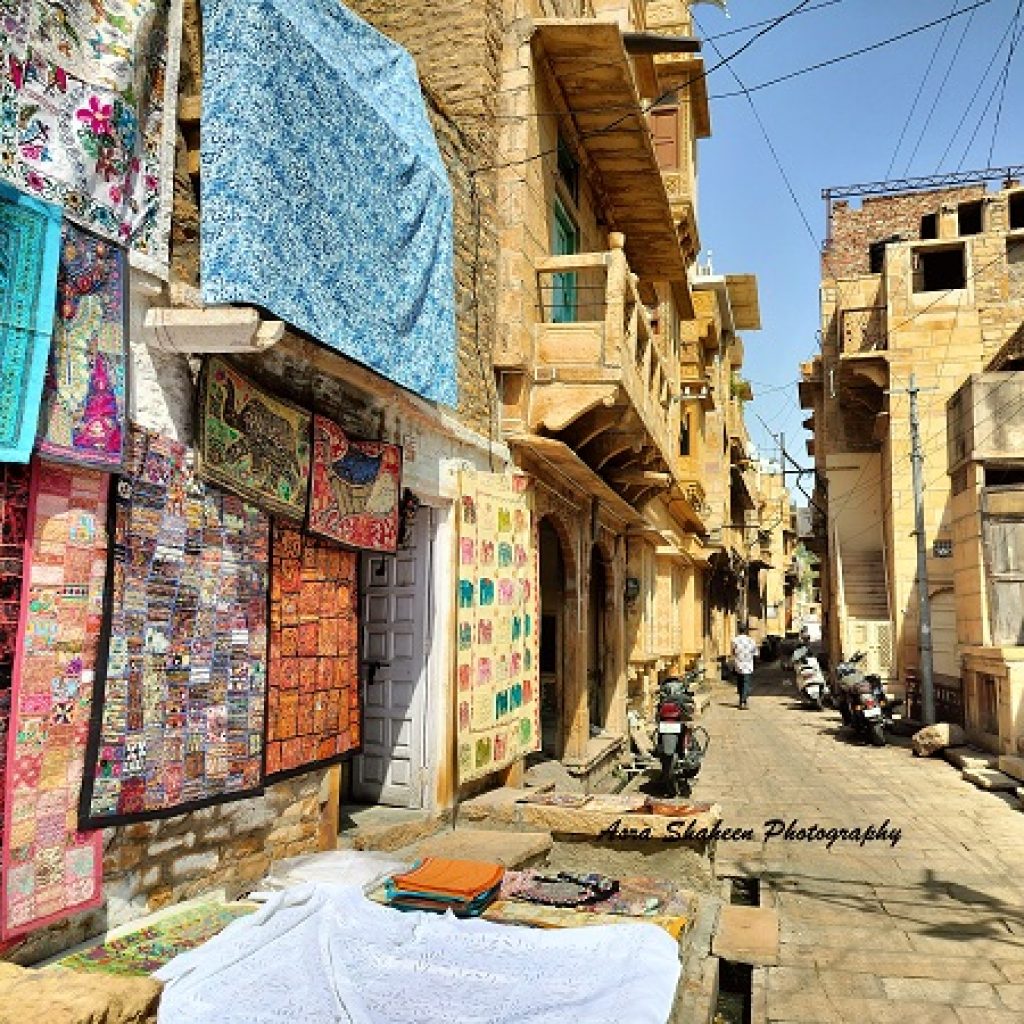
The vibrant mix of golden sandstone structures standing a contrast to the flamboyant hues around will instantly steal your heart. Bright attires of the nomadic communities, dazzling patchwork tapestry of wall hangings, colorful culture of local musicians and dancers make Jaisalmer the most lively desert city of India.
Scintillating Sandstone Structures
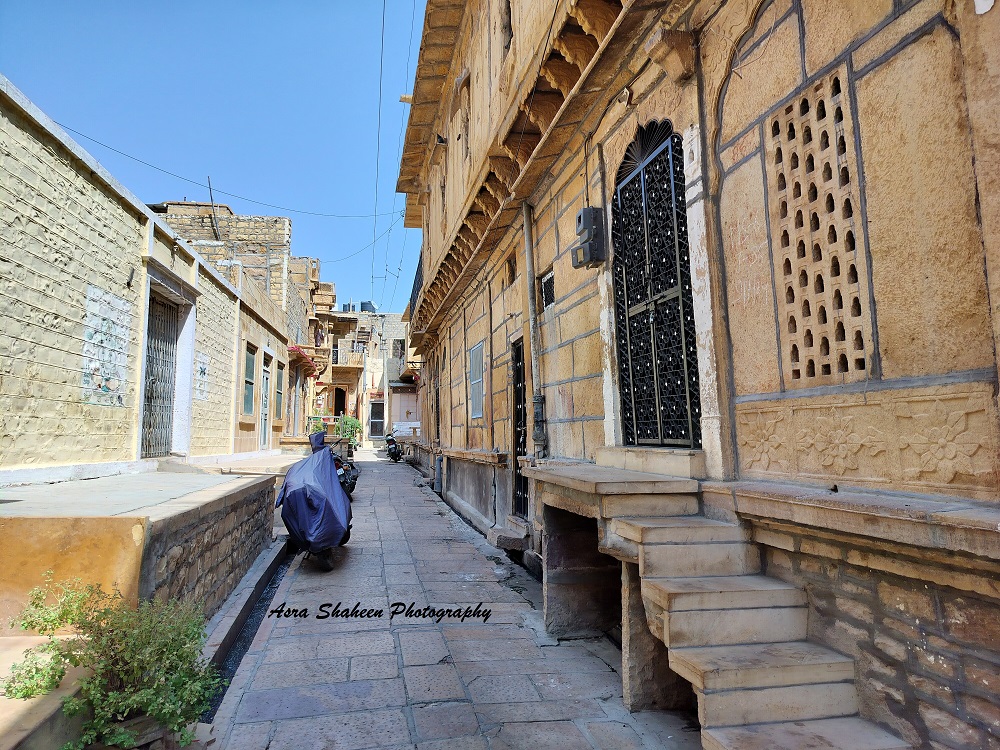
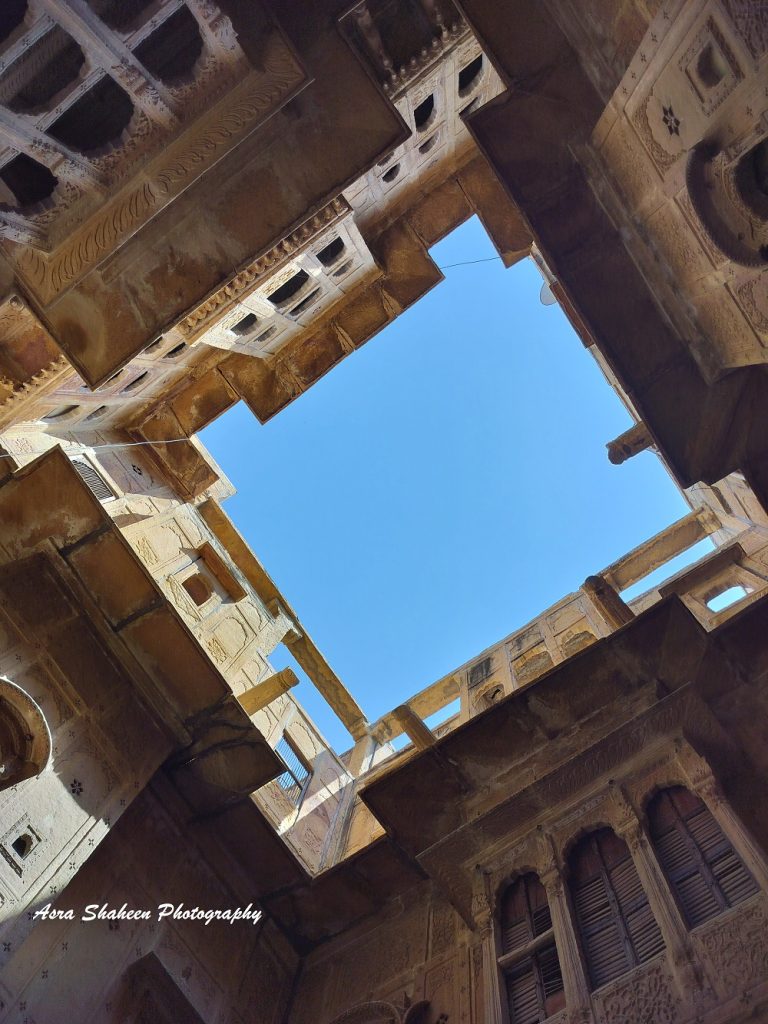
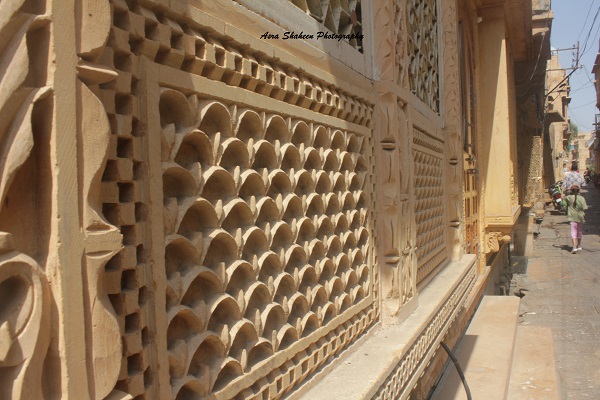
Jaisalmer Fort – the only “Living Fort” in Rajasthan
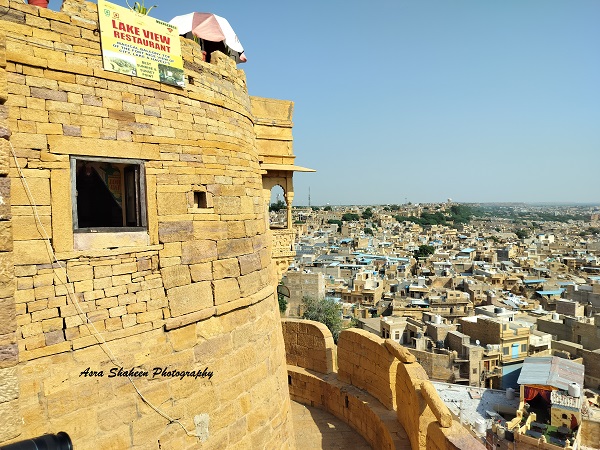
Grand Havelis
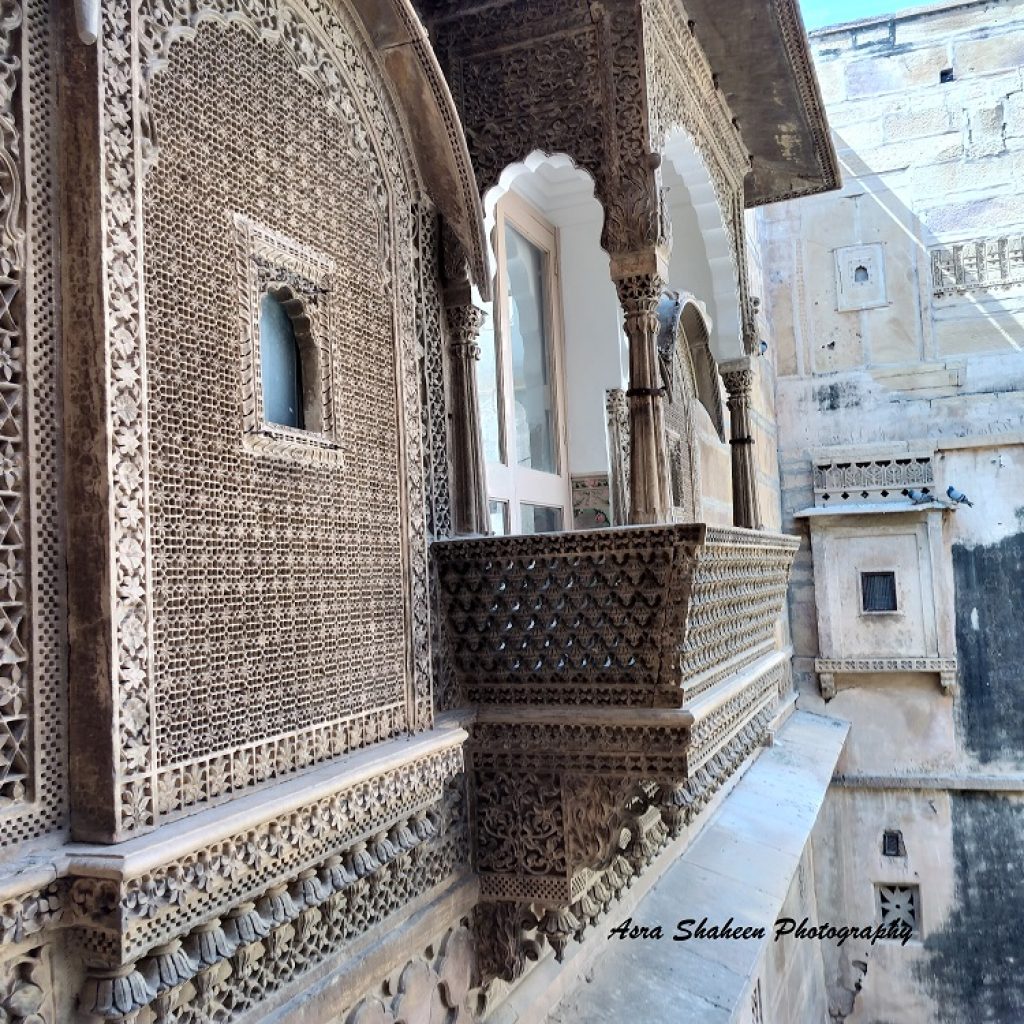
Scenic Gadisar Lake
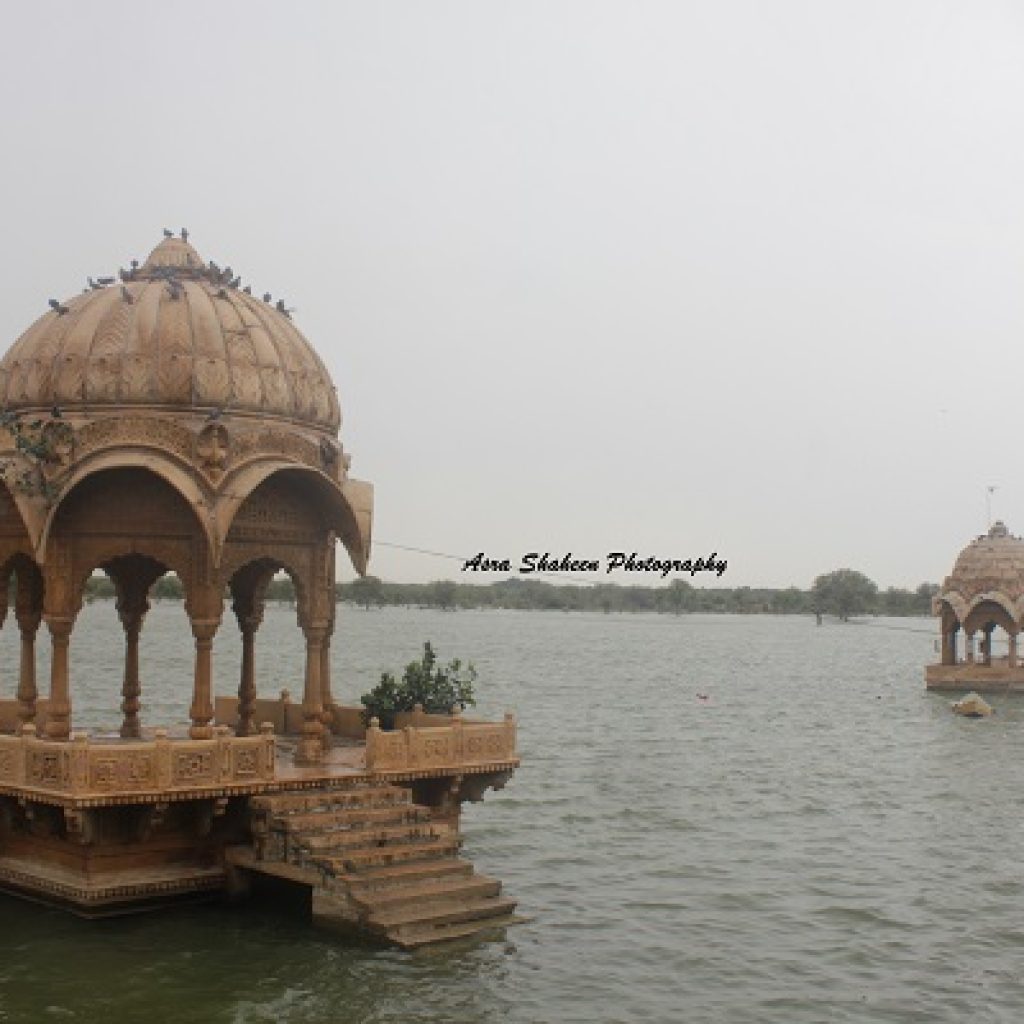
This artificial lake was once the only source of water for the entire Jaisalmer until in the beginning of the 20th century.
Did You Know?
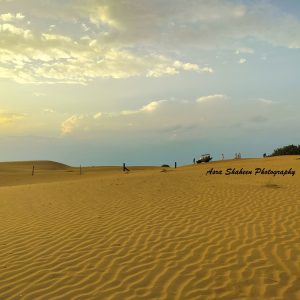

The traditional tie and dye textile craft leheriya is inspired by the natural wave patterns on the desert sand.

